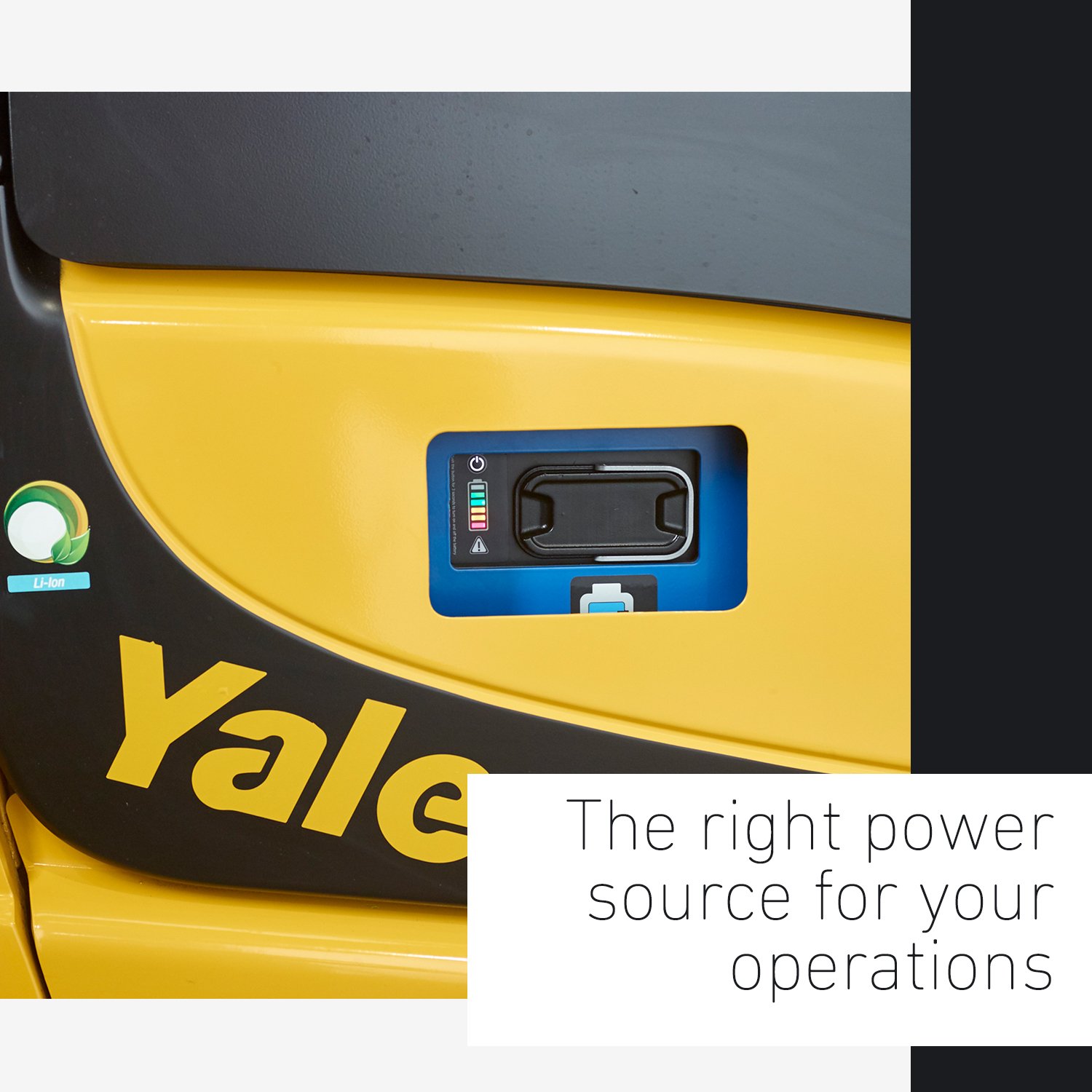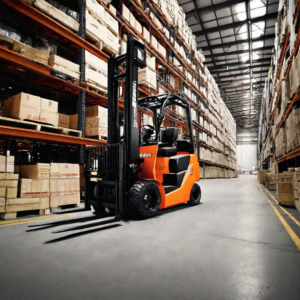
Articles

Forklift truck, commonly known as forklifts, are indispensable workhorses in numerous industries One of the key factors in achieving these goals is the effective handling and transportation of heavy loads. Enter the forklift truck, a versatile and powerful machine that has revolutionized material handling and logistics across industries worldwide. This comprehensive article delves into the world of forklift trucks, exploring their history, design, functionalities, safety considerations, and their vital role in modern industrial operations. Forklift trucks have become the backbone of modern industrial operations, streamlining material handling processes and transforming logistics.
why use a forklift truck?
Forklift truck is used for a variety of reasons across industries due to the numerous benefits they offer. Here are some key reasons why forklift trucks are widely used:
- Efficient Material Handling: Forklift designed to handle heavy loads efficiently, reducing the need for manual labor and increasing productivity. They can lift and transport large quantities of materials or goods in a relatively short amount of time, streamlining material handling processes within warehouses, factories, and other industrial settings.
- Versatility and Adaptability: Forklift trucks come in various types and configurations, allowing them to perform a wide range of tasks. From counterbalance forklifts for general warehouse operations to specialized forklifts for narrow aisle or rough terrain applications, there is a forklift to suit different operational needs. They can handle pallets, containers, and other types of loads, making them versatile tools in diverse industries.
- Increased Safety: Forklift designed with safety features to prevent accidents and protect operators and other personnel. These features include lights, horns, seat belts, and stability sensors.
-
Time and Cost Savings:
A forklift truck can significantly reduce the time required to move materials, resulting in improved operational efficiency. They can also handle larger loads compared to manual labor, reducing the number of trips needed and optimizing workflow.
- Flexibility in Warehouse Layout: Forklift enable efficient utilization of warehouse space by allowing for stacking and storing of goods at different heights. This flexibility in vertical storage maximizes the use of available space, optimizing storage capacity and overall warehouse organization.
- Enhanced Logistics and Supply Chain Management: Forklifts play a crucial role in supply chain management by facilitating the movement of goods between different areas of a facility, such as production lines, storage areas, and loading docks.
- wWith the ability to handle and transport materials quickly and accurately, forklifts contribute to better inventory management.
what industry uses forklifts most?
These industries heavily rely on forklifts to efficiently manage inventory and streamline order fulfillment processes.
Manufacturing and Production: Forklift trucks are essential in manufacturing and production facilities for transporting raw materials, components, and finished products. They enable the movement of heavy items between different stages of the production process, facilitating efficient workflow and minimizing manual labor.
Construction: Construction sites often require forklifts to handle and transport construction materials such as bricks, concrete blocks, steel beams, and piping.
Freight and Logistics: Forklifts play a vital role in freight terminals, ports, and logistics companies. They are used to load and unload containers, stack cargo in warehouses or storage yards, and facilitate the movement of goods throughout the supply chain.
Cold Storage and Food Processing: Forklifts are utilized in cold storage facilities and food processing plants to handle frozen goods, refrigerated products
. They enable efficient movement and storage of temperature-sensitive goods in controlled environments.
what are the types of forklift trucks?
There are several types of forklift trucks available, each designed for specific applications and environments. The main types of forklift trucks include:
- Counterbalance Forklifts: Various industries commonly employ counterbalance forklifts, the most frequent forklift type. Their weight distribution design allows them to actively carry heavy loads without needing additional counterweights.
- Order Pickers: Called order selectors or cherry pickers also, order pickers consist of forklifts specifically configured for actively picking individual items from high-racking systems in fulfillment operations at warehouses and distribution centers. They feature an elevated platform that enables the operator to actively pick items from high racks.
- Pallet Jacks: Pallet jacks, also referred to as pallet trucks or pump trucks, are manual or electric-powered devices used primarily for horizontal movement of palletized loads. They have forks that can be inserted under pallets and lifted hydraulically. Pallet jacks are commonly used in warehouses, supermarkets, and loading docks.
- Telescopic Handlers: Telescopic handlers, also known as telehandlers, are versatile machines that combine the features of a forklift and a crane. They have a telescoping boom that extends forward and upward, allowing forklift-like lifting and reaching capabilities. Telehandlers are commonly used in construction, agriculture, and material handling industries.
what is the difference between a forklift and truck?

The term “forklift” typically refers to a specialized industrial vehicle used for lifting. Here are some key differences between forklifts and trucks:
Forklifts are typically compact and maneuverable, allowing them to operate in tight spaces, such as warehouses or manufacturing facilities. On the other hand, trucks are designed for transportation purposes, whether it’s carrying goods, passengers, or other cargo. Trucks come in various sizes and types, including pickup trucks, delivery trucks, semi-trailer trucks, and dump trucks, among others.
Other differences:
Maneuverability: Forklifts are known for their maneuverability, especially in confined spaces. They typically have a tight turning radius, allowing them to navigate narrow aisles and corners within warehouses or industrial facilities. Forklifts can also perform precise movements, such as lifting and placing loads at specific heights or locations. Trucks, on the other hand, are designed for transportation on public roads and highways. While they can maneuver on roads, their turning radius and agility may be more limited compared to forklifts.
While there are some overlaps in functionality between forklifts and certain types of trucks that may have lifting mechanisms, the primary distinction lies in their design and purpose.
Forklift systems:

Forklifts can utilize both hydraulic systems and pulley systems to perform various functions. Here’s an overview of how each system is used in a forklift:
Hydraulic System: Forklifts extensively rely on hydraulic systems for lifting, lowering, tilting, and steering operations. The hydraulic system uses fluid pressure to generate force and control the movement of the forklift’s lifting mechanism, typically consisting of hydraulic cylinders and a hydraulic pump:
Hydraulic Cylinders: Forklifts typically have hydraulic cylinders connected to the forks or mast assembly.
Control Valves: Control valves regulate the flow of hydraulic fluid to the cylinders, allowing the operator to control the movement.
Pulley System: Some forklifts may also incorporate pulley systems to assist with lifting and moving heavy loads. A pulley system consists of one or more grooved wheels, called pulleys, and a cable or rope that runs around the pulleys. The operator can apply force to one end of the rope to lift or move the load.
Here is the pulley system description with reduced passive voice:
Load Movement: Operators actively attach a pulley system to the forklift’s lifting mechanism. They then apply force on the rope to actively lift or lower loads.
The pulley system multiplies the force exerted by the operator, making it easier to lift heavy loads.
Mechanical Advantage: By using multiple pulleys, a forklift can achieve a mechanical advantage, allowing the operator to lift heavier loads with less effort. The number and arrangement of pulleys determine the mechanical advantage gained.
conclusion
A forklift truck is an essential tool for optimizing material handling operations across a wide range of industries. Understanding the various types of forklift trucks, their components, safe operating practices, and maintenance requirements is vital for maximizing productivity while ensuring the safety of operators and other personnel. By adhering to industry regulations, providing proper training, and implementing best practices, businesses can harness the full potential of forklift trucks to enhance their operations.

